NASA’s AI just confirmed 301 new exoplanets—without the need for human verification.
Key Takeaways:
- NASA has confirmed 301 new exoplanets, significantly expanding the known list of worlds beyond our solar system.
- The discoveries were made using ExoMiner, an AI-driven program that analyzes vast amounts of data.
- ExoMiner is more reliable than human classification, reducing the risk of false positives.
- The new planets were identified using the transit method, which detects dips in starlight.
- Most of these exoplanets are gas giants, with only a small number resembling rocky worlds like Earth.
__________
ExoMiner: The AI That Finds New Worlds
NASA has confirmed the existence of 301 new exoplanets, dramatically expanding the number of known planets beyond our solar system. The discovery, announced by NASA’s Jet Propulsion Laboratory (JPL), was made possible through ExoMiner, an advanced AI program designed to analyze vast amounts of astronomical data. These newly confirmed worlds bring the total count of discovered exoplanets to 4,569.
The breakthrough comes from a growing need to sift through massive datasets collected by missions such as NASA’s Kepler Space Telescope. Confirming an exoplanet requires distinguishing real planetary signals from false positives, a task that has traditionally been time-consuming for human researchers. ExoMiner, running on NASA’s Pleiades supercomputer, speeds up the process by applying machine learning techniques, proving to be even more reliable than human verification.
ExoMiner’s findings have been detailed in a study accepted for publication in the Astrophysical Journal. According to Hamed Valizadegan, the project lead at NASA’s Ames Research Center, “When ExoMiner says something is a planet, you can be sure it’s a planet.” The AI eliminates human bias and improves the accuracy of planet identification.
How NASA Detects Exoplanets
Astronomers use several techniques to identify exoplanets, but the most effective method remains transit photometry. This approach involves monitoring stars for periodic dips in brightness, which indicate that a planet is passing in front of them. Other methods include radial velocity measurements (which detect a star’s wobble caused by orbiting planets), microlensing (measuring how a star’s light bends due to a nearby planet’s gravity), and direct imaging, which is rare due to the difficulty of capturing distant planets.
None of the newly confirmed exoplanets appear to be Earth-like. The majority are either gas giants or Neptune-sized planets, which make up most of the known exoplanet population. While a fraction of exoplanets are thought to be rocky, no habitable planets were identified in this latest batch.
NASA scientists are optimistic that future advancements in AI and next-generation telescopes, such as the James Webb Space Telescope, will further refine exoplanet discoveries. The continued expansion of known exoplanets increases our chances of finding a world similar to Earth in the years to come.
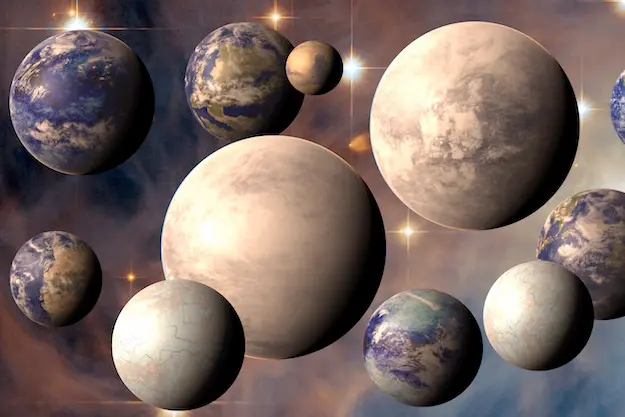
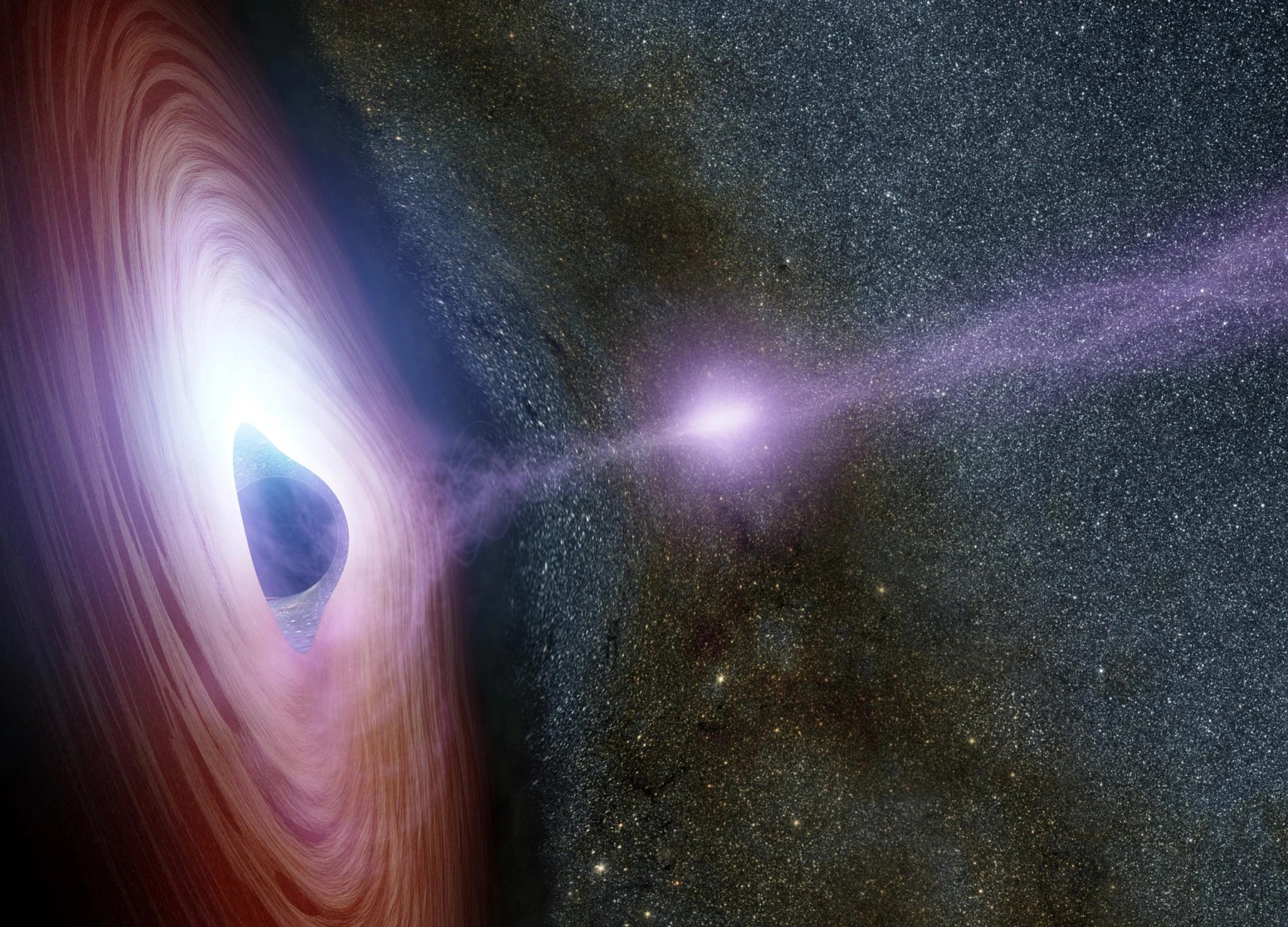
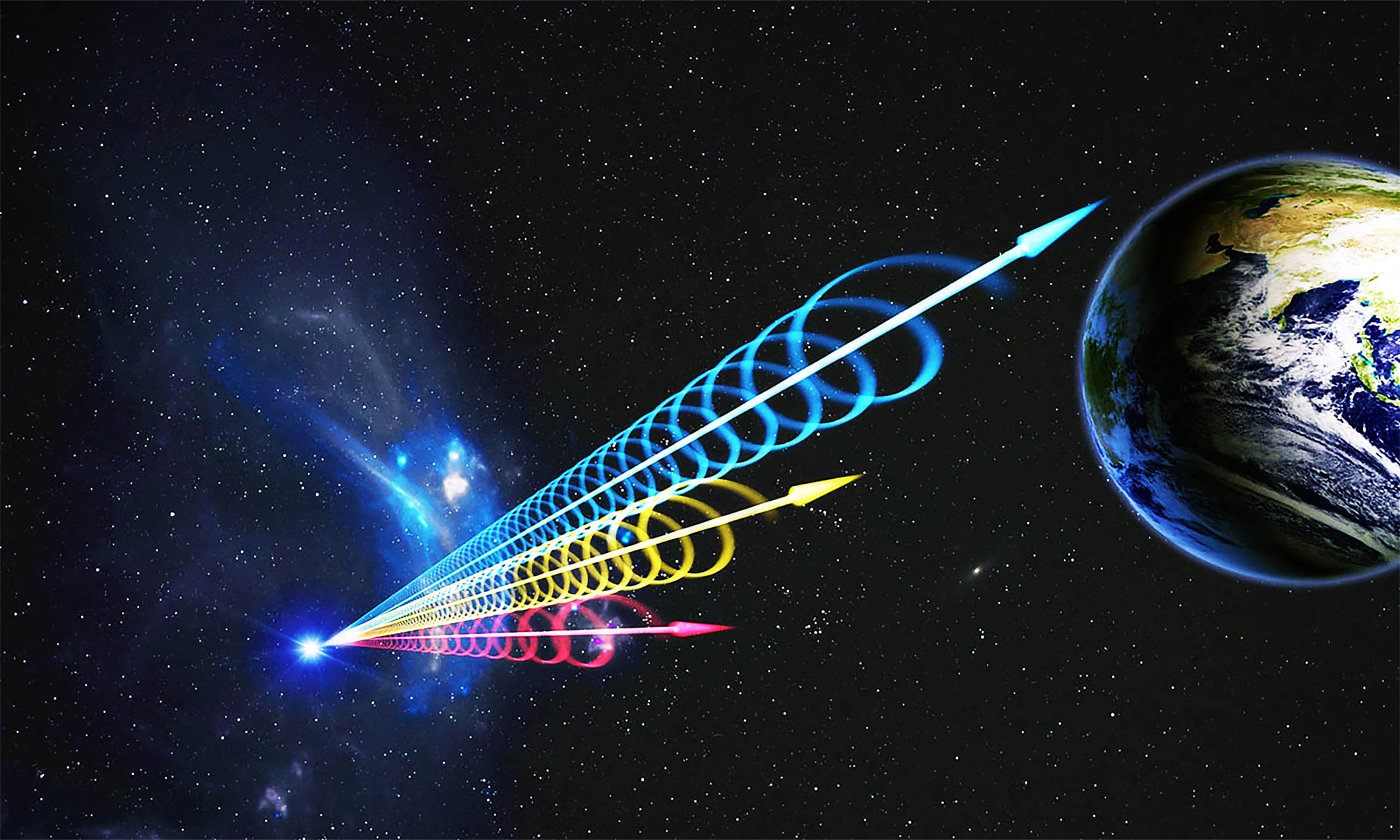
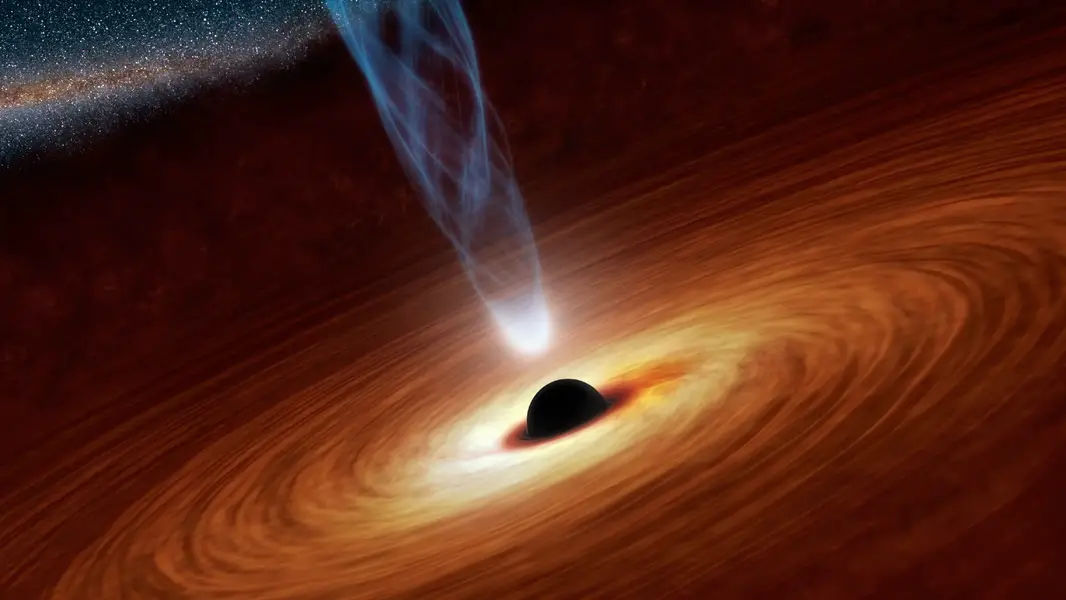
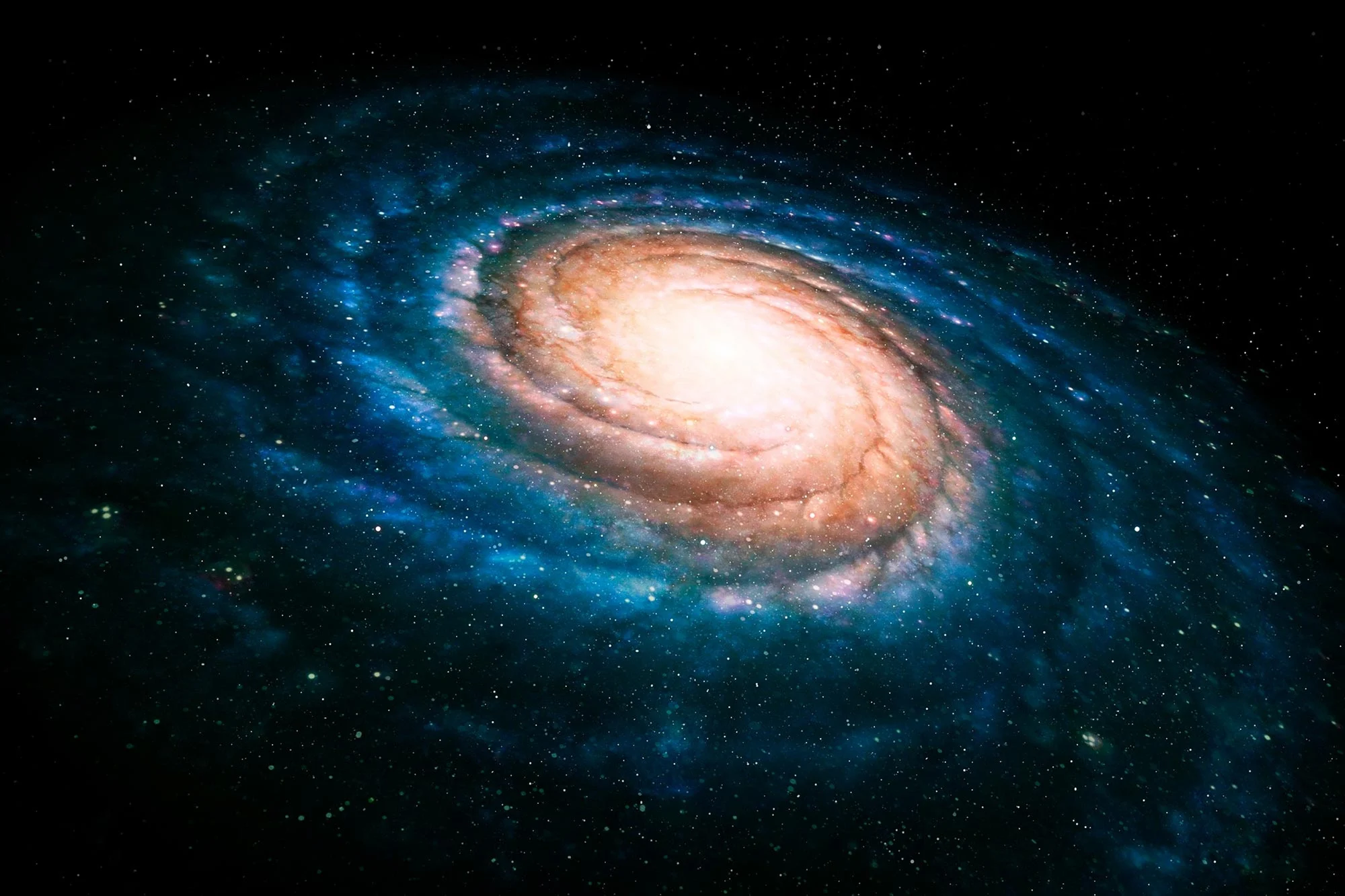
I’d be pretty shocked if there wasn’t billions of planets outside our solar system in our galaxy alone. But it’s nice to confirm a few.
Finding planets is becoming like picking wild blackberries …”Oh look, here’s some more!” Amazing.
Astronomer Edwin Hubble announces that the spiral nebula Andromeda is actually a galaxy and that the Milky Way is just one of many galaxies in the universe.
I remember reading about “island universes” in an old science fiction story (maybe in Asimov’s anthology “Before the Golden Age”). It must have been such a shock to those who could appreciate the significance, that the vast universe we knew was just a speck of a vaster one.
Welp, time to find the ring gates the Builders left.
Could you imagine being able to see and actively watch another planet with active life, but it was too far away to visit?
It would be on everyone’s TVs 24/7 with pundits telling us what they think is really going on.
Hell, some planet could be doing that to us now.
Crazy to think a decade ago we weren’t sure. Now we take it for granted. Planets around most stars… the Galaxy must be teeming with life.
Baddiehubs Nice post. I learn something totally new and challenging on websites
Simply Sseven very informative articles or reviews at this time.
Simply Sseven Hi there to all, for the reason that I am genuinely keen of reading this website’s post to be updated on a regular basis. It carries pleasant stuff.